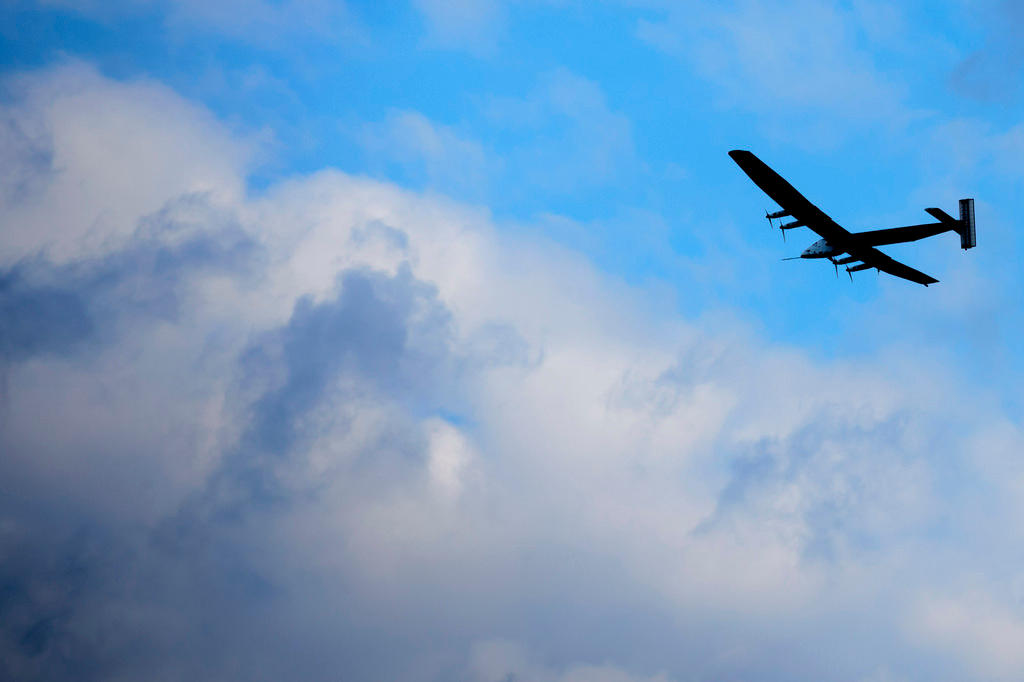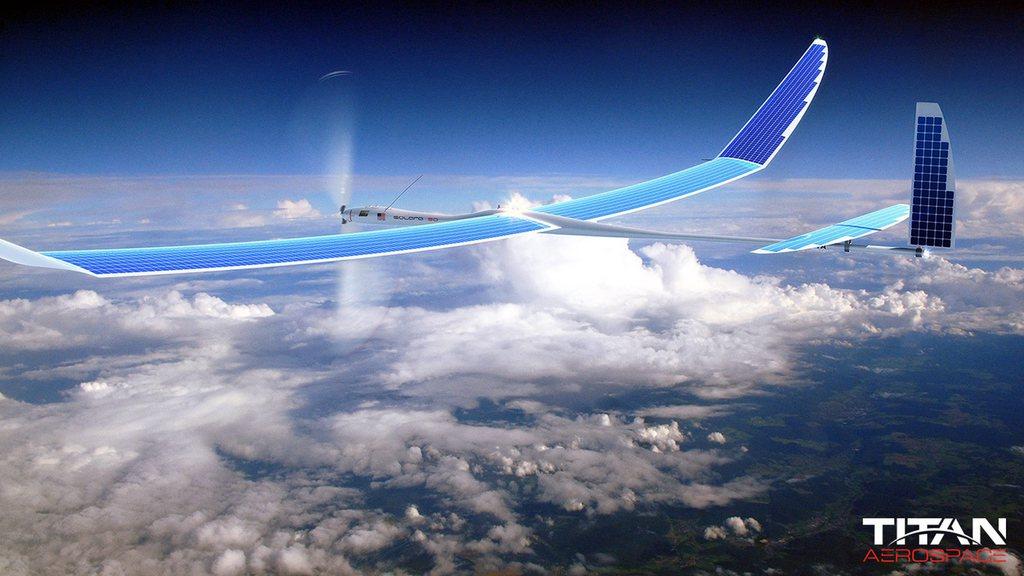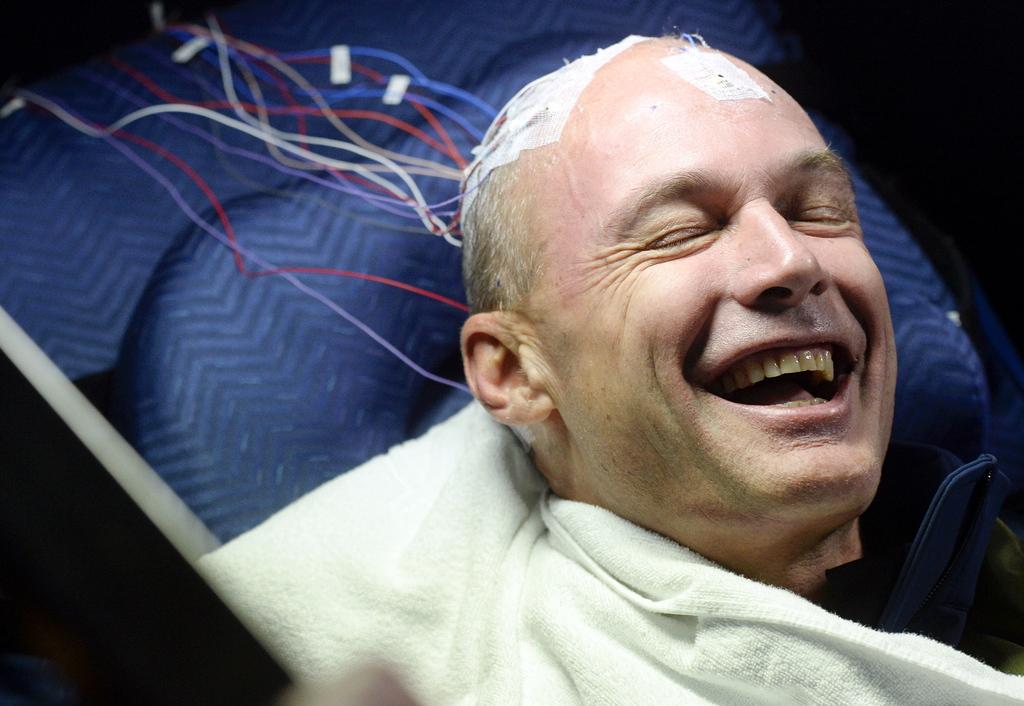Solar Impulse on next flight challenges

The Swiss Solar Impulse 2 (Si2) is now flying above the Pacific Ocean, having departed from Hawaii at 06:15 local time on Thursday.
BREAKING NEWS #Si2External link has just taken off to #SFExternal link with @BertrandPiccardExternal link at the commands. The adventure is back on! pic.twitter.com/qHgtNJGLcUExternal link
— SOLAR IMPULSE (@solarimpulse) April 21, 2016External link
This time it’s project initiator and pilot Bertrand Piccard in the cockpit, after his colleague André Borschberg did the Japan-to-Hawaii segment last July – a record-breaking solar-powered flight of nearly five days and nights.
This marks the ninth leg of Si2’s round-the-world flight, which will take the plane from Kalaeloa Airport in Kapolei, Hawaii, to Moffett Airfield in Mountain View, near San Francisco. It will be a return visit for the team, as Mountain View is where Solar Impulse kicked off its “Across America” tour in 2013.
Although the weather forecast was good, windy conditions in the wee hours of Thursday morning forced the crew to pull the plane back into the hangar.
Rolling #Si2External link back into the hangar to protect it from strong gusts, we are following the wind forecast closely pic.twitter.com/HjkppQA03xExternal link
— SOLAR IMPULSE (@solarimpulse) April 21, 2016External link
But the wind died down, much to the relief of the ground crew, mission control in Monaco, and the onlookers gathered at the airport.
swissinfo.ch asked the Solar Impulse team what they feel are the biggest challenges of this particular leg – which is supposed to take about 62 hours.
swissinfo.ch: How does this leg differ from the previous one?
Alexandra Gindroz, Solar Impulse spokeswoman: The flight time of the second part of the Pacific crossing will be around three days. In its nature, the second part of the Pacific crossing will bring the same challenges as the first part concerning physical and technical challenges for the pilot and the team before, during and after the flight.
swissinfo.ch: Does the shorter distance mean you can expect an easier trip?
Alexandra Gindroz: No. The shorter distance does not diminish the fundamental human and technical challenges for the pilot and the team. No sleep is permitted whilst the plane is flying over populated areas, but over the oceans and unpopulated areas, sleep is planned and integrated in the form of short naps of up to 20 minutes at a rate of one to 12 times a day.
swissinfo.ch: What are the unique challenges this time around?
André Borschberg: There are many: The first challenge is the time difference of 12 hours between us in Hawaii and the Mission Control Center in Monaco. There is always someone who is upside down, which means we have to work either really late at night or really early in the morning.
The second challenge is that this time we start with a long leg over the ocean right away. This means that we have to be up to speed everywhere. We have to be very good at everything the first time. We will have low battery reserves at the end of the night, so we have to choose a really good weather window.
Bertrand Piccard: It will be my longest flight with Solar Impulse. It will be around four days and I will be alone in the cockpit. The pressure is high for me since André is the professional pilot in our team and has made a perfect flight for the first part of the Pacific crossing. I have to be at the level of André, too. So there is pressure and a lot of unknowns and question marks, but that is adventure and that is why I am really looking forward to going.
Contact the author on Twitter @SMisickaExternal link or on WordPressExternal link.

In compliance with the JTI standards
More: SWI swissinfo.ch certified by the Journalism Trust Initiative













You can find an overview of ongoing debates with our journalists here . Please join us!
If you want to start a conversation about a topic raised in this article or want to report factual errors, email us at english@swissinfo.ch.